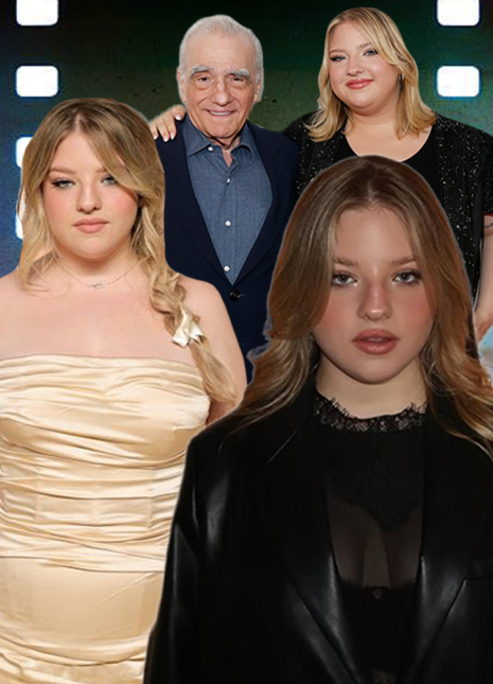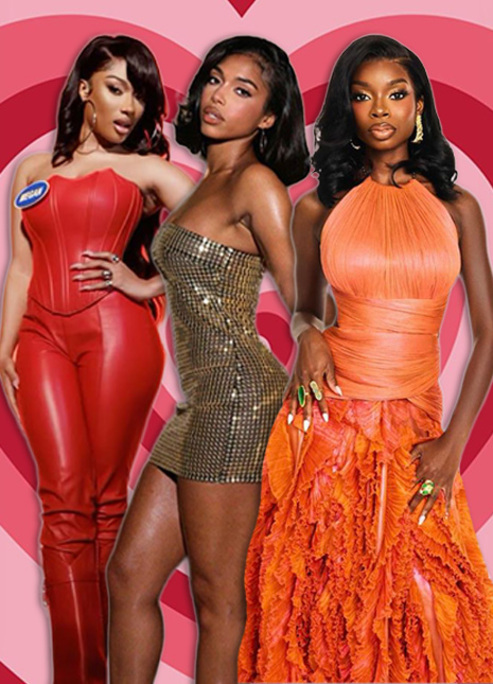
Medusa Sculpture Sparks #MeToo Debate
The 7-foot-tall statue faces the courthouse where Harvey Weinstein was convicted.
In 2008 artist Luciano Garbati created the now-famous sculpture Medusa With the Head of Perseus. Standing 7-foot-tall outside the Manhattan courtroom where sex offender Harvey Weinstein was sentenced, she gazes intently, holding a sword in one hand and the severed head of Perseus in another. The sculpture was inspired by Roman poet Ovid’s Metamorphoses tale of Medusa's demise — a result of her being raped by Poseidon. The story follows goddess Athena cursing Medusa for her ‘crime’ and turning her into the snake-haired monster we know of today.
Garbati's sculpture reimagines Medusa’s fate at Perseus’ sword by moulding her as victorious in a role-reversal of Benvenuto Cellini's 1554 statue, Perseus with the Head of Medusa. Critics, however, are concerned about the implications of its message and installation.
Luciano Garbati, the sculptor behind quite possibly my favorite piece of art ever (Medusa with the head of Perseus) just announced that he received permission from the City of NY to install a bronze version of her for the public to enjoy! I AM SO EXCITED. pic.twitter.com/PGA9amtNEu
— Marlene the Tired (@marlene) August 21, 2020
Over on Twitter users have questioned why Medusa is shown to be skinny, pubeless, and naked, and have asked how this representation is empowering. One user highlighted how the #MeToo movement was started by a black woman, and so a sculpture of a European character made by a man is disappointing. Others argued it portrays rape survivors as violent and dangerous and casts a “revenge fantasy” which is problematic.
#Metoo was started by a Black woman, but a sculpture of a European character by a dude is the commentary that gets centered? Sigh. https://t.co/q36rohNxsG
— Wagatwe Wan-spooky 👻 🇰🇪 🇧🇸 (@wagatwe) October 9, 2020
Many also questioned whether the sculpture was about sexual violence at all and questioned why Medusa is holding Perseus' head and not her rapist’s Poseidon’s. Garbati defended his work as a direct response to Cellini’s work, but interestingly told NYT that his sculpture (and perhaps the controversy that has arisen from it) has made him realize he is himself, a “product of a patriarchal society.” Interesting stuff.
Up Next, Zoë Kravitz Kills It As Catwoman











